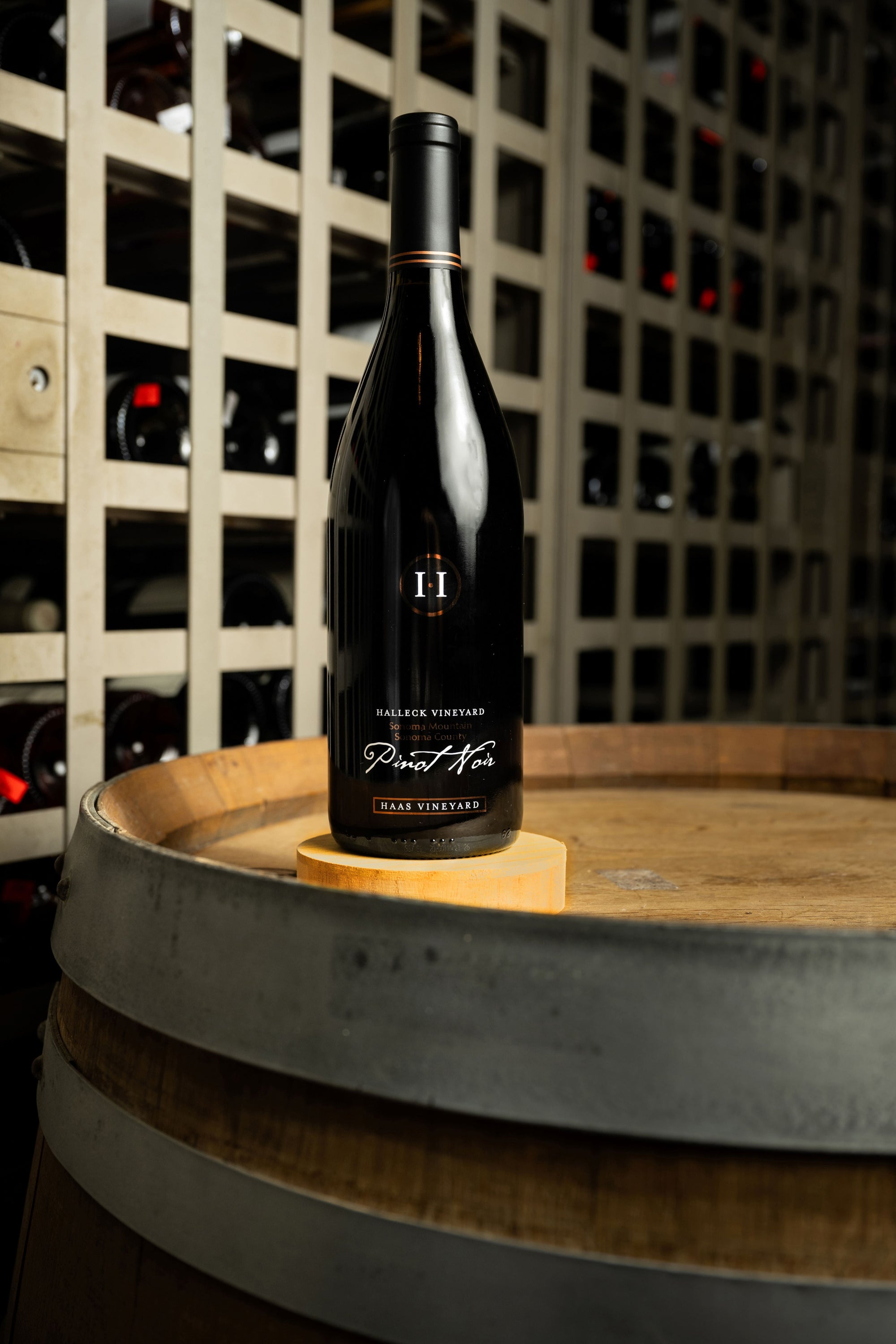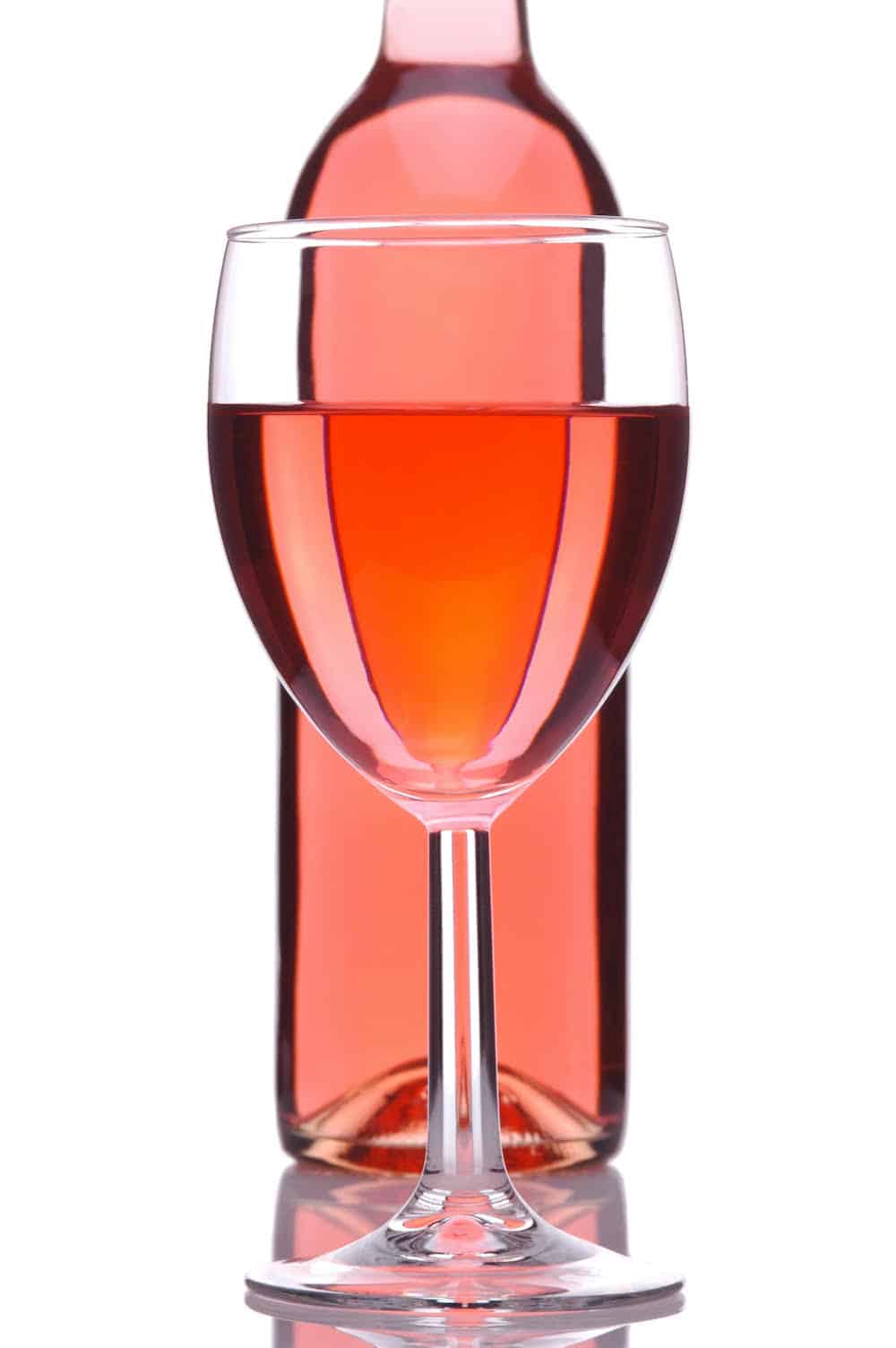Wineries That Welcome Walk Ins - Sonoma Valley Vineyards And Wine Tasting
Wine tasting is an art that combines sensory experience with an appreciation for the nuances of different varietals. How to evaluate flavors in winery wine tasting classes is pivotal to greedy the complexities of wine.
Participating in a wine tasting entails greater than merely sipping and savoring. It requires a targeted approach to determine aromas and flavors that each wine presents. As you begin, observe the wine's look, noting its color and readability. These visible cues usually recommend a wine’s age, grape variety, and even potential flavor profiles.
The next step in the tasting process is to swirl the wine in your glass. This action releases fragrant compounds which are important for analysis. Lean in and take a moment to inhale deeply; the aromas can range from floral and fruity to spicy and earthy. The nose of the wine is simply as essential because the palate, and recognizing scents performs a big position in understanding the overall experience.
When taking your first sip, allow the wine to maneuver throughout your palate - Wineries Providing Guided Vineyard Walks. Notice the preliminary flavors that current themselves. Is the wine fruity, floral, or maybe herbaceous? This initial taste gives perception into what the wine is likely to categorical as you continue to evaluate it. The mouthfeel additionally contributes to the general flavor experience; it can be silky, tannic, and even effervescent.
Wineries Known For Sustainable Practices In Sonoma - Wineries With Stunning Views In Sonoma
As you continue tasting, pay attention to the wine’s balance. A well-balanced wine will harmonize acidity, sweetness, and tannins. If one component overwhelms the others, it would point out a much less desirable quality. Evaluating stability can help you determine how nicely the wine might pair with food.
Transitioning to the finish, consider how the flavors evolve because the wine lingers in your palate. A long, pleasant end can indicate a high-quality wine, whereas a short or abrupt finish might suggest otherwise. Replicate on whether the flavors remain constant or if new notes emerge because the wine settles. This progression can reveal complexities and intricacies that might not have been obvious within the initial tasting.
Temperature can also be a vital think about evaluating wine flavors. Totally Different types of wine are optimally loved at specific temperatures. White wines often shine when chilled, whereas purple wines generally perform best at room temperature. When tasting, make certain the wine is on the acceptable temperature to completely appreciate its character.
Wineries With River Views - Sonoma Vineyards Worth Visiting
Pairing food with wine can greatly improve the tasting experience. Meals can affect the perception of flavors in wine, both highlighting sure characteristics or diminishing them. When evaluating flavors, think about how the wine interacts with different foods, noticing which flavors are amplified or muted (Wineries With Unique Wine Blends).
Contemplate the influence of terroir as you have interaction in a winery tasting. Terroir encompasses the unique environmental components that have an result on grape growing, together with soil composition, local weather, and geography. Understanding a wine's terroir can provide insight into its flavors and aromas, fostering a deeper appreciation for the alternatives made during its cultivation and manufacturing.
Education performs a fundamental position in enhancing one's ability to gauge wine flavors. Studying about grape varieties, wine areas, and production strategies can pave the means in which for more informed judgments throughout tastings. Additionally, attending workshops or classes can refine sensory skills and increase your flavor vocabulary, enabling you to articulate tasting notes extra effectively.

Finally, it is important to do not neglect that evaluating wine flavors is a extremely personal experience. Particular Person preferences and perceptions will invariably form one’s tasting journey. Enjoyment must be on the forefront, with the analysis course of appearing as a device to boost understanding go to my blog and appreciation quite than create inflexible tips.
Wineries Producing Pinot Noir And Chardonnay - Craft Wineries In Sonoma
In conclusion, mastering the method to evaluate flavors in winery wine tasting periods involves a combination of sensory engagement, knowledge, and practice. By studying to identify aromas, assess the steadiness, and recognize the intricacies of flavor, wine enthusiasts can deepen their connection to every bottle they encounter. As with any art kind, the extra one immerses themselves in the experience, the extra they may uncover and benefit from the huge world of wine.
- Begin by observing the wine's color and readability, as these visual components can hint at its flavor profile and aging potential.
- Swirl the wine gently in your glass; this releases aromatic compounds, allowing you to raised identify the complicated scents associated with the wine.
- Take a deep inhale before tasting, focusing on both main and secondary aromas to gather insights on fruits, spices, and other nuances.
- When tasting, permit the wine to coat your palate; note the initial flavors, the mid-palate complexity, and the finish as these stages can provide different flavor highlights.
- Pay attention to texture and mouthfeel, as aspects similar to tannin ranges, acidity, and sweetness contribute significantly to the overall tasting experience.
- Compare flavors against normal wine traits; for purple wines, think about berry notes, oak influence, and herbal tones, while whites could include citrus, stone fruits, and floral hints.
- Take notes during the tasting session to trace your impressions, serving to you to recollect and consider the totally different wines sampled.
- Discuss your findings with fellow tasters or winery staff, as sharing insights can improve understanding and appreciation of particular person flavors.
- Enable time for the wine to breathe; typically, flavors evolve and reveal new dimensions after being exposed to air.
- Experiment with food pairings during the tasting as they'll dramatically alter how flavors are perceived, influencing overall enjoyment.undefinedWhat ought to I look for when evaluating the aroma of wine throughout a tasting?
Start by swirling the wine in your glass to launch its aromas. Deliver the glass to your nostril and take a deep breath. Pay consideration to the first scents you detect, as these are often essentially the most prominent. Look for fruit, floral, herbal, or earthy notes and attempt to identify particular traits, which is able to deepen your understanding of the wine's complexity.
Wine Tasting Events In Sonoma County - Discovering Sebastopol's Wineries
How can I distinguish between totally different flavor profiles in wine?
Understand that flavor profiles are often categorized as fruit, floral, herbaceous, spicy, or mineral. Take small sips and permit the wine to coat your palate. Discover the primary flavors that emerge first and the delicate notes that observe. This layering is important in distinguishing the wine's characteristics and will help you recognize its distinctive profile.
Best Chardonnays From Sonoma Winemakers - Sonoma Wine Country Wineries To Explore
What is the importance of the wine's texture in a tasting?

The texture of the wine, also referred to as mouthfeel, plays a crucial position in how we understand flavors. Pay attention as to whether the wine feels smooth, creamy, or gritty. The physique of the wine (light, medium, or full) can enhance or distinction with flavors, providing a more rounded experience during tasting.
How do I assess the steadiness of flavors in wine?
Steadiness in wine refers to the harmony between acidity, sweetness, tannin, and alcohol. Take a second to assess whether or not these elements complement or intrude with one another. A well-balanced wine will have none of its elements overpowering the others, creating a nice tasting experience.
Wineries With Estate-Grown Grapes - Vineyards Near Sebastopol
What role does temperature play in evaluating wine flavors?
Temperature can significantly influence the perception of flavors. Usually, red wines are greatest served slightly under room temperature, whereas white wines benefit from being chilled. As the temperature adjustments, the aromas and flavors can shift, allowing you to perceive totally different traits. It’s essential to taste wine at its optimum temperature for true analysis.
Wineries With Scenic Views - Wine Tasting And Vineyards In Sonoma
How can I improve my tasting skills over time?
Practice is vital to improving your tasting skills. Wineries Offering Educational Wine Seminars. Attend tastings, hold a journal of your experiences, and explore different varieties of wines to broaden your palate. Moreover, learning about wine visit this site right here production and grape varieties can present context that enhances your analysis process, making you a extra informed taster.
Is there a specific order by which I ought to taste the wines?
Wine Tasting Events In Sonoma County - Sonoma Wine Tasting Spots
Sure, it’s advisable to style wines from light to full-bodied and dry to candy. This progression prevents the stronger flavors from overshadowing the more delicate ones, allowing you to totally respect each wine's traits and nuances without palate fatigue.
How can I consider the aftertaste of wine?
Wineries Featuring Seasonal Wine Events In Sonoma - Wine Tasting At Sonoma Vineyards
The aftertaste, or end, is a crucial side of the wine-tasting experience. After swallowing, pay consideration to how lengthy the flavors linger in your palate and whether or not they change. A long, pleasant finish is often an indicator of a high-quality wine, whereas a short or disagreeable end might recommend otherwise.
Why is it important to note the wine’s acidity throughout tasting?
Acidity contributes to the general freshness and construction of the wine. Pay attention to the tingling sensation on your tongue; larger acidity can improve the wine's liveliness and stability out sweetness. Noting acidity helps determine the wine's versatility with food and its getting older potential.
What ought to I do if I battle to determine specific flavors in wine?
Wineries Hosting Seasonal Events - Sonoma’s Lush Vineyard Landscapes
Struggling to establish flavors is widespread, particularly for beginners. Focus on broader classes and describe what you probably can acknowledge, corresponding to sweet or earthy notes. With practice, studying about different flavor profiles, and maybe utilizing flavor wheels, you may refine your senses and develop a extra nuanced strategy to tasting.